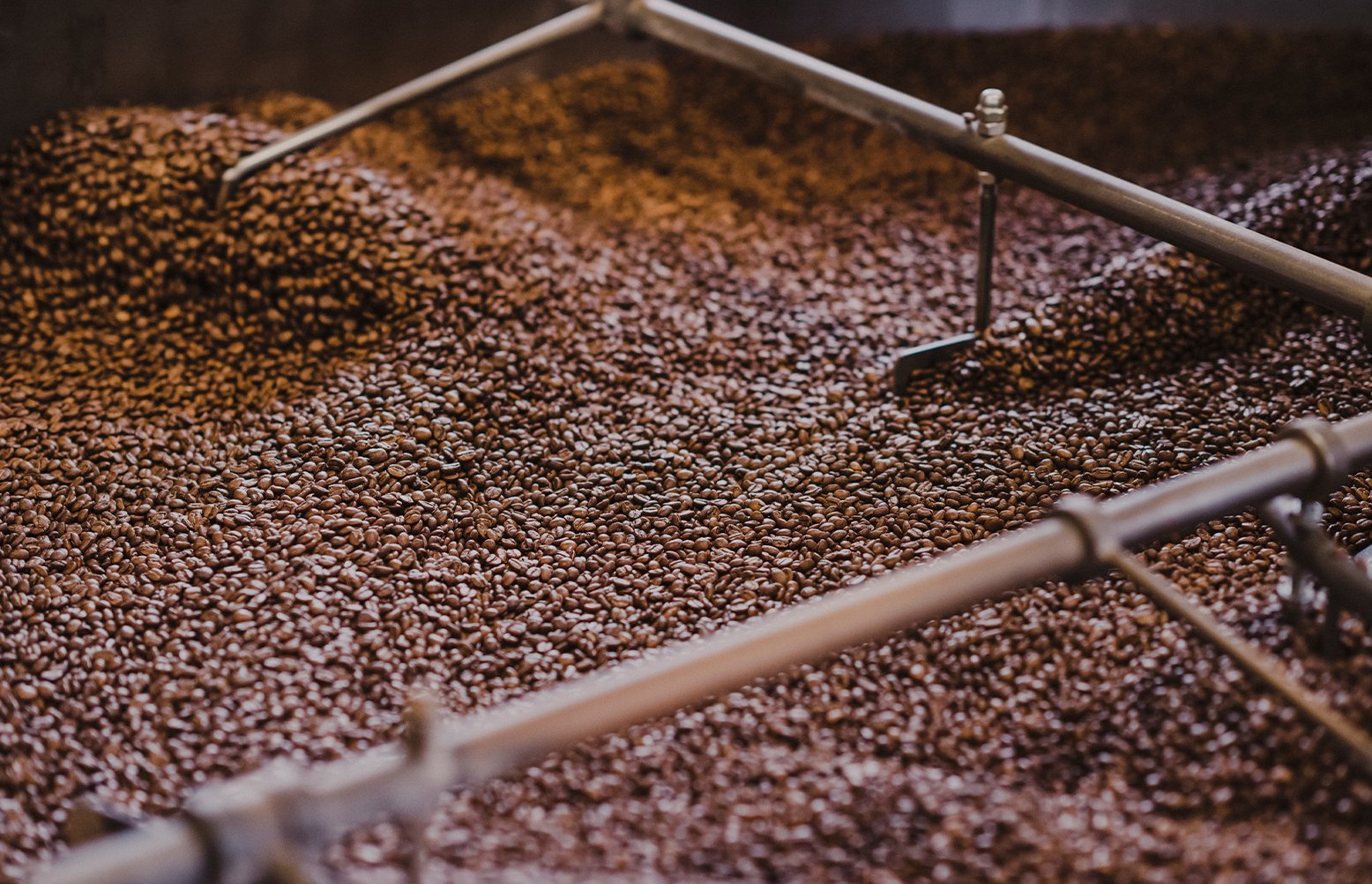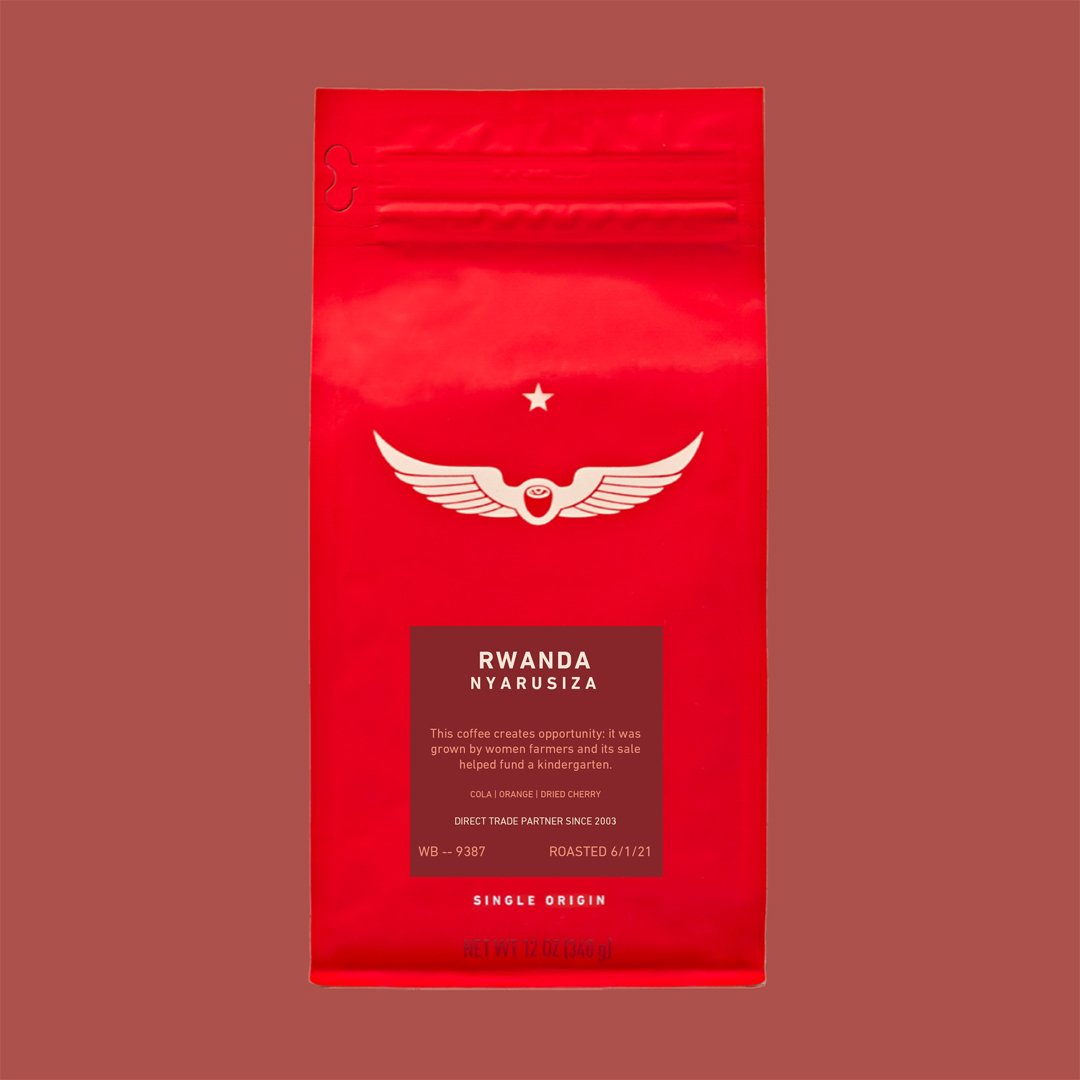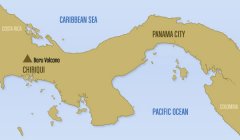Coffee circulation secret coffee giant intellectuals Rwanda coffee bean flavor characteristics extraction suggestion
Observing the development of coffee industry in various countries, few coffee farmers can implement effective marketing strategies with the strength of non-governmental civil associations, let alone successfully operate and gain market recognition, for the simple reason that such actions will "block people's financial path". Coffee producing countries are awash with vested interests, including exporters, processors, intermediaries and, above all, consortia, who join forces with governments to monopolize the primary market for coffee farmers. Producers lack market information, few opportunities to bargain with buyers, let alone export ability, so creating huge business opportunities for middlemen and exporters, middlemen can make considerable profits by simply changing hands: planting, coffee fruit harvesting, post-harvest pre-and post-harvest processes, drying and dehulling and grading, and other complex and quality-related operational details are not the concern of middlemen, they hide international quotations and market information from producers is normal. In the long run, when the price of green coffee beans falls, middlemen do not coach coffee farmers to strengthen quality and increase competitiveness. The lost spread is reflected in the purchase price, and coffee farmers only have the right to sell or not to sell. When international market prices are weak, middlemen often offer low prices for coffee fruits (coffee cherries) or beans with shells. Whether the purchase price can support the production costs of coffee farmers is almost beyond their consideration, which makes the producers with low profits even more unprofitable.
Therefore, it is especially important to go directly to the coffee garden, measure the coffee, talk about the quality, and establish a close relationship with the coffee farmers. Jeff Watts of the United States calls this method direct trade coffee. Direct trade coffee is a way for roasters to visit, test, and purchase coffee directly from the coffee estate, which is also the result of future fine coffee ripening.

Ntelligentsia coffee buyers travel with farmers networks throughout the year. Coffee travels from farms to roasters in Chicago and Los Angeles, where coffee professionals cup, grade and release more than 50 single sources and blends each year. ntelligentsia Direct Trade means working with people like us who care about quality and building meaningful relationships with farmers. Today, the Intelligentsia Direct Trade community includes more than 50 partners in 14 countries. 25 years of obsession with quality, more than 15 years of experience sourcing quality coffee the right way and authoritative views on how to enhance coffee make Intelligentsia a trusted partner in your coffee journey.
Intellectual coffee divides coffee into seasonal, single source coffee
For example, this coffee from Rwanda has details labeled:

Country Rwanda
Producer Smallholder farmers
Region Niarusa
Altitude range 1850-2000 m
Processing method Washing
Drying method Elevated bed
Harvest 2020 May to August
The suggestions given on the extraction method are:
We recommend starting with a coffee to water ratio of 1:18, which provides excellent total extraction levels and maximizes the flavor of the coffee powder. For our single-source coffees, it is recommended to use the 5 or 6 grind setting pour method on Chemex, V60 or Kalita Wave.
Recommended method pour
1, boil water 205 - 212 degrees Fahrenheit
2. Weigh coffee 1 gram of coffee per 18 grams of water
3. Plug-in filters Add filters to devices
4. Grind coffee Grind coffee and add filter
5. Add water in stages
Remove the filter and enjoy your coffee!
Important Notice :
前街咖啡 FrontStreet Coffee has moved to new addredd:
FrontStreet Coffee Address: 315,Donghua East Road,GuangZhou
Tel:020 38364473
- Prev

The growth advantage of Panamanian coffee beans the influence of the ecological environment of Pokuit Baru volcano on coffee beans
The Chiriki Heights where the Panamanian farm is located consists of two main areas: Boquete and Volcn-Candela. The picturesque town of Bockett has been in the tourist spotlight for the past decade because of its spring weather, cost of living and many activities in the area. However, the real essence of Boquete lies in the century-old tradition of coffee production: in fact, B.
- Next

What is a fine coffee in Central and South America coffee origin?
Osher Coffee was founded in 1933 and is the predecessor of Taiwan Fine Coffee. Traders offered very few types of coffee, and there was not much information available about coffee at the time of purchase. When buying coffee beans, you can only know the country name of coffee, the big classification, and at most the distribution place name. The lack of information is bound to make the coffee market difficult. Want to really understand coffee wind
Related
- Detailed explanation of Jadeite planting Land in Panamanian Jadeite Manor introduction to the grading system of Jadeite competitive bidding, Red bid, Green bid and Rose Summer
- Story of Coffee planting in Brenka region of Costa Rica Stonehenge Manor anaerobic heavy honey treatment of flavor mouth
- What's on the barrel of Blue Mountain Coffee beans?
- Can American coffee also pull flowers? How to use hot American style to pull out a good-looking pattern?
- Can you make a cold extract with coffee beans? What is the right proportion for cold-extracted coffee formula?
- Indonesian PWN Gold Mandrine Coffee Origin Features Flavor How to Chong? Mandolin coffee is American.
- A brief introduction to the flavor characteristics of Brazilian yellow bourbon coffee beans
- What is the effect of different water quality on the flavor of cold-extracted coffee? What kind of water is best for brewing coffee?
- Why do you think of Rose Summer whenever you mention Panamanian coffee?
- Introduction to the characteristics of authentic blue mountain coffee bean producing areas? What is the CIB Coffee Authority in Jamaica?

